A European-style fairy tale with just a pinch of science fiction, this picture is especially notable because it was the debut picture of Madeline Brandeis. She also produced the film and all at the age of twenty-one.
Just missing Jiminy Cricket
While there has been a revival of interest in the women pioneers of the silent film era, Madeline Brandeis remains obscure. We’re going to dig into the possible reasons why in a bit but let’s have a brief introduction first.
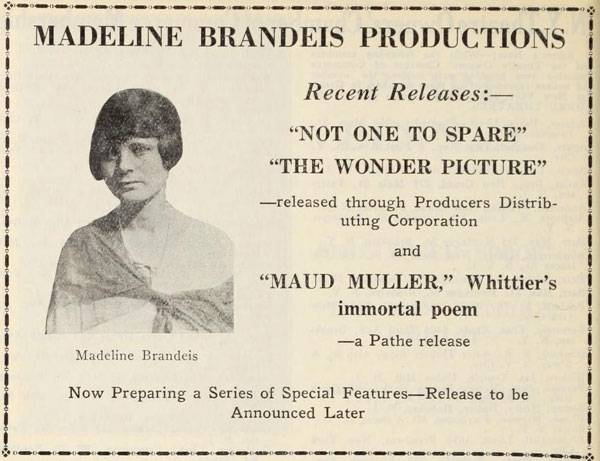
Born Madeline Frank, the future director married the wealthy E. John Brandeis but she had absolutely no intentions of becoming a housewife. Instead, she asked her husband to finance her ambitious 1918 all-child fantasy production of The Star Prince. (“Give me a check instead of a bracelet.”) She and her husband divorced in 1921 but she continued to make pictures before moving into writing. She found success in the hot children’s book market and was at the height of her popularity when died from injuries sustained in a car accident. She was just thirty-nine.
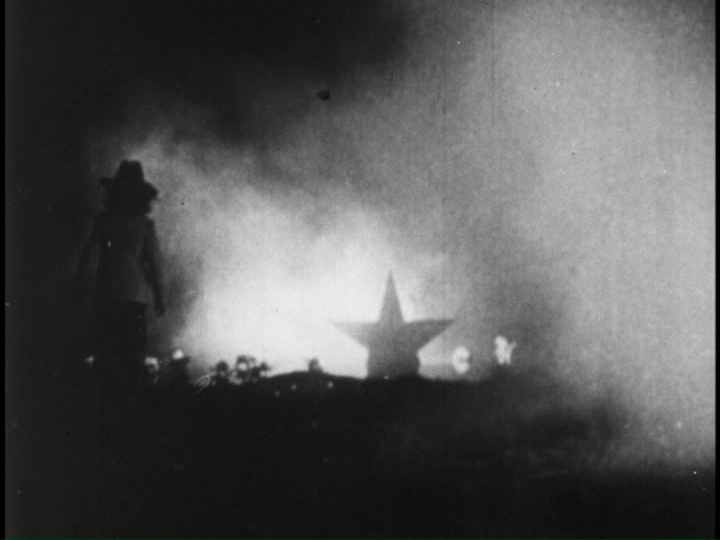
The Star Prince is a fairy tale in the Grimm/Perrault style, full of fairies and woodcutters but its core story is rather science-fictionish. A woodcutter discovers a shooting star and in its flaming ruins there is a baby. The woodcutter adopts the baby and he grows up to be the beautiful Star Prince (Zoe Rae). Unfortunately, his appearance has gone to his head and he is cruel to everyone, including a beggar woman who claims to be his real mother.
We all know that being cruel to beggar women is never a good idea in a fairy tale setting and sure enough, the Star Prince’s good looks are taken away and he is turned out of the woodcutter’s house. Realizing that his unkind behavior has been the source of his troubles, the Star Prince wanders through the forest looking for his mother so that he can apologize.

Meanwhile, the Princess (Dorphia Brown) has been told by her fairy godmother (Gulnar Kheiralla) that she will marry a Star Prince but a wicked dwarf (John Dorland) has his own schemes. He imprisons the Star Prince and plans to marry the Princess himself.
We can all pretty much guess where everything is going but the journey is all the fun.
Spoiler: The story threads don’t all mesh together but, then again, are there many logical fairy tales? The story ends with the Star Prince taking the princess away with him into outer space and… was this Mars Needs Women? I think it was. We just watched a successful, all-kid version of Mars Needs Women.

This film clearly did not have a large budget but Brandeis made good use of what she had. The child performers are cute and enthusiastic and clearly comfortable with their director. There are some rather ambitious technical attempts as well: a stop-motion squirrel, a fallen star burning against the night sky, a double exposure fairy and a sudden transformation occurring simultaneously. They are not all 100% successful (the stop motion in particular is quite jerky) but the attempt is impressive.


As stated above, the story is heavily influenced by fairy tales and there are bad aspects to that as well as good. Equating beauty with goodness is not such a great lesson, nor is making the main villain a dwarf. I think Brandeis’s heart was in the right place but some of the decisions do not exactly work.
There are also several scenery shots and wildlife bits that go on a bit too long. A scene of two bear cubs in particular goes on for ages with zero payoff. It would be one thing if they wandered in to save the day but no such thing happens. I put these editing issues down to inexperience.

The film’s emphasis on kindness and generosity makes a lovely little story without becoming preachy. That’s not easy and it is most appreciated.
I have to wonder, though: why isn’t Brandeis better known? Her body of work is comparatively intact and quite marketable. The first issue, I think, is that Brandeis herself underplayed her work.
Brandeis was granted entrance to the motion picture industry on the strength of her wealth and connections but she was hardly the only one. Popular talents ranging from Cecil B. DeMille to Colleen Moore used similar methods.

In 1920s interviews, Brandeis underplayed her talents as a director and made motion pictures out to be a mere pastime. I believe the reason for this had to do with gender norms and the rampant classism in Hollywood. As to the latter, while quite a few film folk were born into money and connections, just as many came from underprivileged backgrounds, often working from early childhood, scrounging education where they could get it and generally considered to be of the lower the classes.
Screenwriter Anita Loos proclaimed that these stars should have been chambermaids and chauffeurs by all rights and that the only thing separating them from their staff was sex appeal. Charming sentiments and so very democratic. (I am often overcome with the urge to reach through the mists of time and sock Anita right in the jaw.) So, in this rather snotty atmosphere, Brandeis might have felt pressure to affect disinterest and paint herself as a well-heeled dilettante. Gentlewomen did not “work” after all and she was a child of the Gilded Age.

And, of course, the notion of a woman director was rapidly falling out of favor in Hollywood and Dorothy Arzner would soon be the last woman standing in the studio system. Even women who met with success in their directing endeavors diminished their own talents. Lillian Gish’s lone directing effort, the lost Remodeling Her Husband, had been a hit and had opened to generally positive reviews but she felt the need to proclaim that women did not have the stamina for directing and that it took a man to do the job. Such remarks were not out of the norm for the time. (Anyway, Gish made the picture while also overseeing the construction of D.W. Griffith’s studio. He was off gallivanting in the South Seas with two very young actresses. I think Gish wins the stamina contest.)
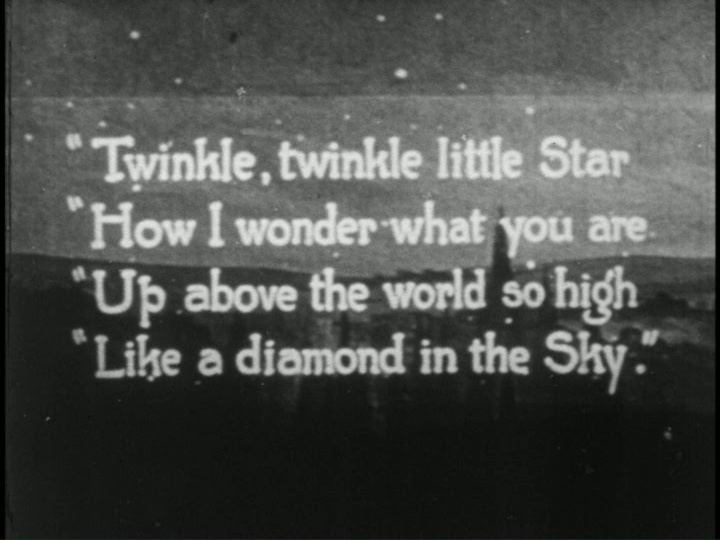
The second issue that seems to be in the way of a Madeline Brandeis revival is that she chose to work almost exclusively in fare targeted at either children or families. While such entertainment is challenging to do well, there is not a lot of respect for it generally. Even today, stars will announce that they are making a children’s movie for the kids in their life rather than as a fulfilling artistic assignment. But a family film must entertain all ages, keep the attention of the children and have enough hidden depth to please the grownups; no nudity, shocking blood spurts or swearing to use as a crutch. That’s no easy feat and any filmmaker who accomplishes it deserves all the laurels they can get. (I don’t mean to reopen the Academy Award wounds but the utter snubbing of Stan & Ollie and Paddington 2 in favor of, ahem, lesser fare does rather illustrate my point.)

So, dismissing Brandeis because she opted for a younger audience is remarkably unfair and dismissive. If you think what she did was easy, you have clearly never seen the horrendous, creepy Fox Kiddies pictures. (I don’t recommend doing so, I am reasonably certain there is enough squick in those pictures to get us on some kind of watchlist.)
Brandeis continued her commitment to family entertainment that was wholesome and informative without being sanctimonious, another difficult balancing act to achieve. The written word took precedence over her motion pictures but she did combine the two threads of her career when she wrote a successful series of books to tie in with her Children of All Lands film series. “Her work does not deal overtly with her own Jewish identity, although the themes of respect for different cultural and national heritages and of passing down family traditions and values resound in her books.” The books were illustrated with photos she took during her travels.
The Star Prince is a little rough around the edges but is quite an impressive debut for anyone, especially a director so young who had not worked her way up the system as an assistant. While some of the pacing is not quite right and there is some overindulgence in wildlife footage (and I say this as an animal video fan), in general, it works as a charming and dainty fairy story that Andew Lang would have happily included in his fairy books. Do check it out!
Where can I see it?
Released on DVD and Bluray by Flicker Alley as part of their Early Women Filmmakers box set. The film includes a fine piano score by Rodney Sauer.
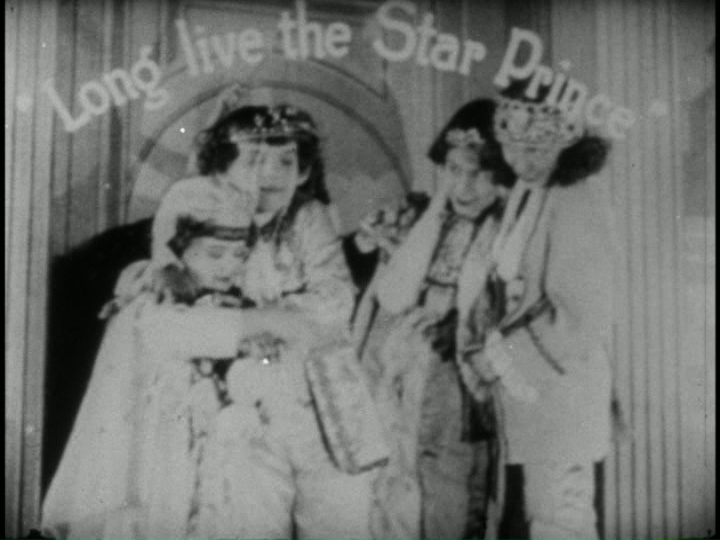
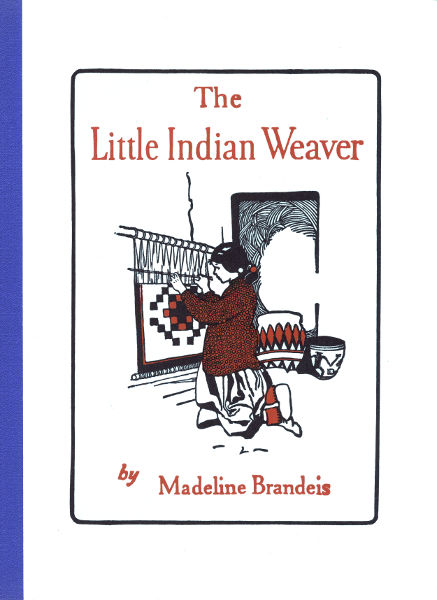


Now this sounds quite charming. I think the story come from Oscar Wilde, rather than traditional fairy tales – at least until the princess, the dwarf and outer space come into play. Then again, Wilde took traditional fairy tale elements, mixed them up, and turned them on their head as slightly cruel bedtime stories for his children, so…
This one really doesn’t have a cruel bone in its body. Very much in the popular American fairy tale style of the period. Sweet stuff. 🙂
Great article. What is the source of the quote about her books?
It’s linked right inside the quote.
Vert beautiful.
Can you make shore l am subscribed to you, Please having problems
Hi there! WordPress handles all the subscription stuff but the most common issue is new posts getting stuck in a spam or “social” folder. Thanks so much for subscribing!